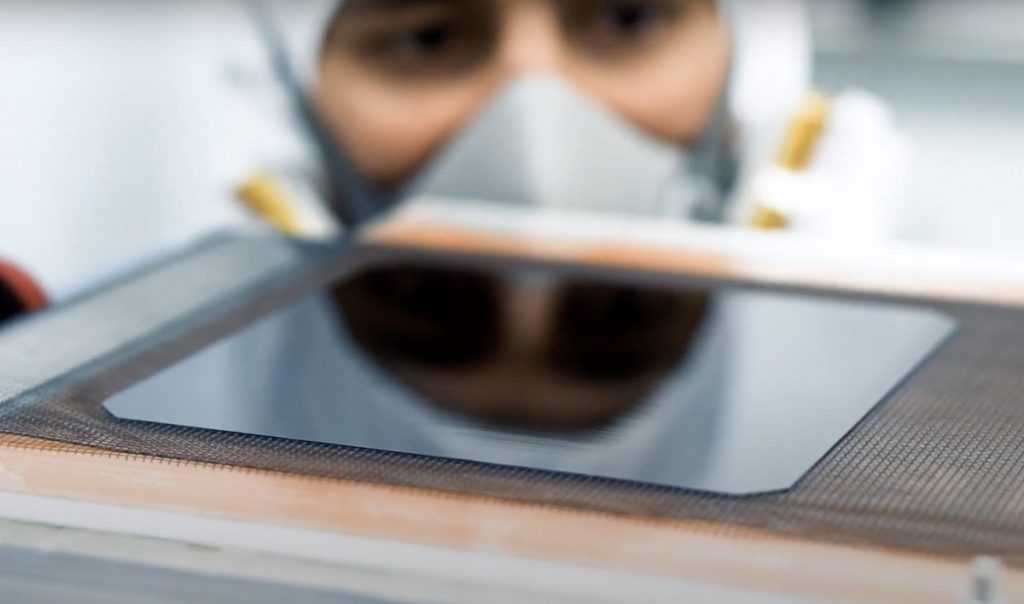Smashing solar records with SunDrive’s Vince Allen
The solar pioneers have set a new efficiency benchmark with their next generation cells.

From humble beginnings in a garage in Sydney’s eastern suburbs, solar startup SunDrive is on a rapid rise.
This week co-founder and CEO Vince Allen joined Rewired to discuss their new world record for solar efficiency, and what it could mean for the transition to renewable energy.
Shining bright
In September SunDrive announced that they had developed the world’s most efficient silicone cell, claiming the record from China’s Longi Solar.
Germany’s Institute for Solar Energy Research verified that they achieved an efficiency of 25.54 per cent, lifting the record for a commercial sized solar cell from Longi’s benchmark of 25.26 per cent.
In broad terms, solar efficiency refers to the amount of sunlight able to be converted into electricity when it hits the panel.
The record is made more significant by the fact that SunDrive’s cells are manufactured with copper in the place of silver, a precious metal that is in limited supply.
“Solar cells that are mass produced today are very close to the efficiency limits. So manufacturers today are very aggressively pursuing more efficient solar cell structures.”
With the solar industry already consuming one-fifth of the world’s industrial solar, SunDrive has prioritised developing affordable and abundant alternatives.
In time, Allen expects that the breakthrough will allow them to offer a solar panel that undercuts today’s most efficient options by 20 or 30 per cent.
“Copper is 100 times cheaper per kilo. It’s 1000 times more abundant.”
The company has attracted high profile investors, led by Blackbird Ventures and Mike and Annie Cannon-Brookes’ Grok investment fund. Fellow University of NSW alumnus “Sun King” Dr Zhengrong Shi, the one-time billionaire founder of SunTech, was SunDrive’s first angel investor.
Healthy rivalry
Allen studied under UNSW Professor Martin Green, the “solar superman” who leads the team of researchers that have held efficiency records for 30 of the past 38 years.
Their work has had a profound impact on the solar industry, with the UNSW-developed Passivated Emitter and Rear Cell estimated to account for 80 per cent of global solar manufacturing capacity — a share UNSW says continues to grow.
For now, SunDrive is planning how they will deliver their new technology to the market. Allen explains that they will prioritise Australia and buck the trend by looking to manufacture their cells locally.
They are targeting the residential segment, seeing an opportunity to make the most efficient use of limited roof space so households can generate enough energy to power their homes, electric cars and charge batteries.
“The more efficient your panels are, the less number of panels you need to get to a certain system size. And the less panels you need, the less wiring, the less mounting, the less installation, less transportation… So a small efficiency increase can actually have a cascading effect in terms of the final cost.”
Subscribe now
Subscribe to Rewired wherever you listen to podcasts to make sure you don’t miss an episode.
LIKE THIS STORY? SIGN UP TO OUR NEWSLETTER

ARENA